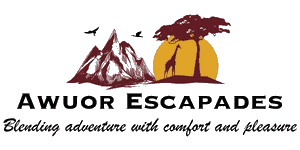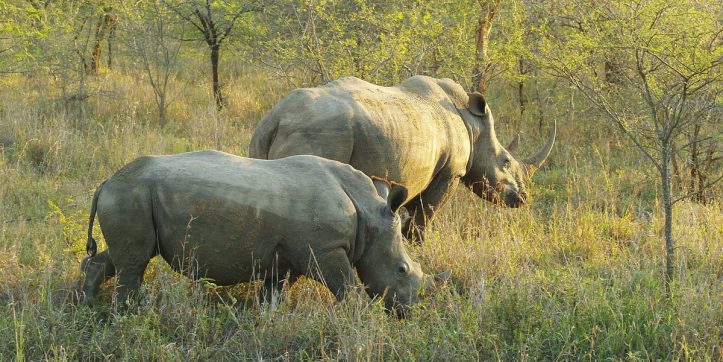
The Difference Between a Black and a White Rhino
 By Heather Joan Marinos
By Heather Joan Marinos 
Heather Joan Marinos is a non-fiction writer and author. Her extensive (30+ years) writing, editing and international marketing experience span a spectrum of industries.
SafariBookings wants to introduce you to Africa’s two rhino species – the black and the white rhino. Approximately 5,500 black rhinos and 20,000 southern white rhinos survive in the African wild. Both species of grey herbivore have two horns, and these horns put them in the line of danger from poachers.
Poaching Continues
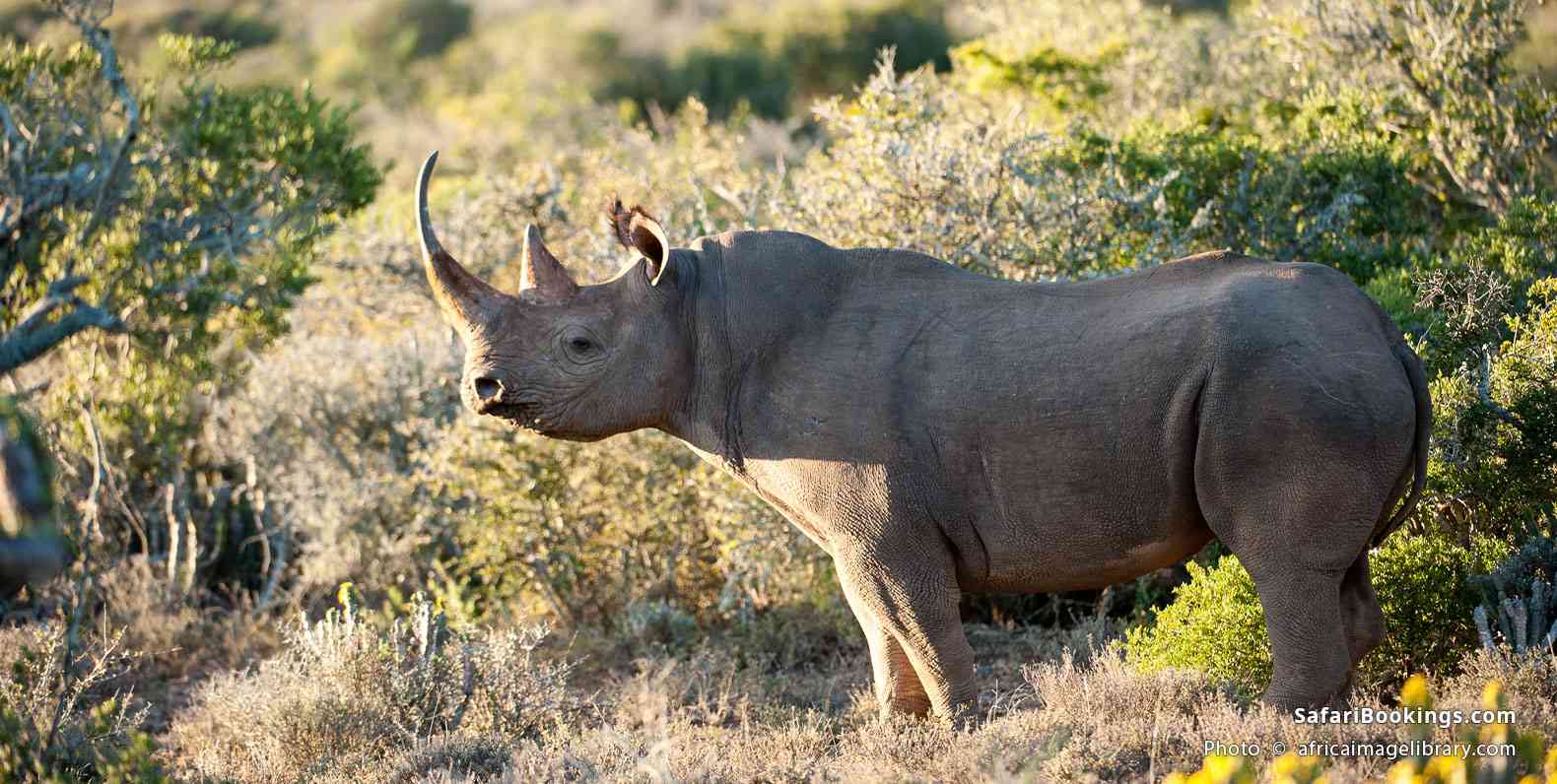 Black rhino
Black rhino
Used in folk medicine, the horns (when ground into a powder) some believe they possess healing powers – from aphrodisiacs and hangover cures to rheumatism, fever and gout treatment. In addition to their alleged medicinal value, rhino horns are also poached for use as trophies and decorations. Rhino horn consists primarily of keratin, which led to the global Wildaid nail-biting campaign in which Sir Richard Branson appeared to take a stance against rhino poaching.
Imminent Threat to African Rhinos
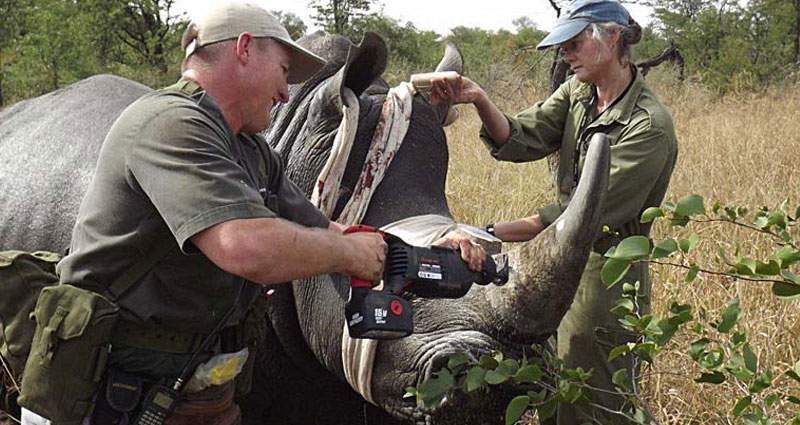 Field managers de-horning a black rhino to reduce its attractiveness to poachers. Photo credits to International Rhino Foundation
Field managers de-horning a black rhino to reduce its attractiveness to poachers. Photo credits to International Rhino Foundation
These uses for rhino horn drive demand in the market, especially from some Asian countries. It presents an imminent threat to the survival of both African species – especially the black rhino, which is critically endangered. The fight against poaching is an ongoing battle that wildlife conservation organizations face every day. We plan to do as much as we can to help raise awareness about the importance of this effort.
Removing a rhino’s horn can help reduce its attractiveness to poachers. During routine management check-ups, field managers remove the horn while the animals are anesthetized to reduce stress. It is a painless procedure – the same as humans clipping their own fingernails – that can help save their life.
As we mentioned earlier, to know them is to love them. So, horns aside, what is the exact difference between a black and a white rhino?
Black Rhino – the “Browser”
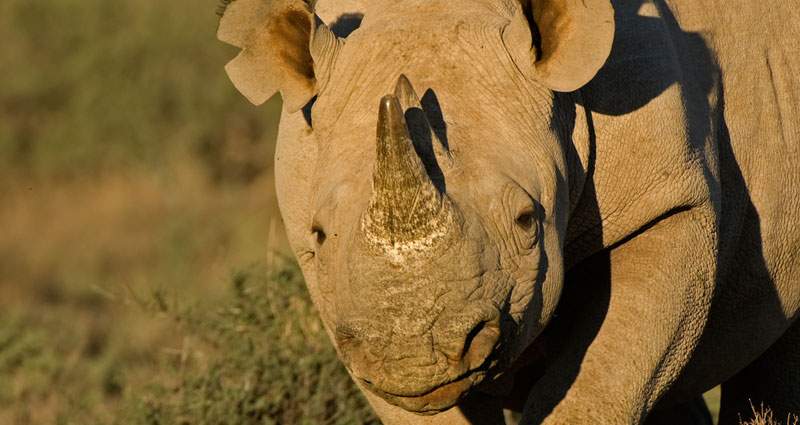 Black Rhino at Karoo National Park in South Africa, Photo credit by Arab
Black Rhino at Karoo National Park in South Africa, Photo credit by Arab
Black rhinos are browsers, using their hook-like and pointed upper lip to twist off low-growing branches of trees and shrubs (their food). They use their lips like an elephant trunk. Black rhinos have a less pronounced hump, grow from 4.5 to 6 ft tall and can weigh up to 3,080 lbs. Although the smaller of the two species, they are the fastest of all species of rhino – clocking speeds of up to 55km/hour. Behaviourally, they tend to be quite shy and solitary and keep to thicker, bushy areas.
White Rhino – the “Grazer”
 White Rhino at Great Limpopo Transfrontier Park in South Africa, photo credit by Ian Genis
White Rhino at Great Limpopo Transfrontier Park in South Africa, photo credit by Ian Genis
White Rhinos are grazers, using their wide, square lip to cut and eat grass. They will only eat ground vegetation. A social species, the white rhino often gather in small groups. They grow from 11 to 13.75 ft tall and their tail length is 20 to 27.5 inches. Their weight ranges from 1.6 to 4 tons. They have a pronounced hump on their body. And they also have a much larger head than their black counterpart, due to the muscles required to support the neck for grazing. This rhino is the largest African land mammal – surpassed only by the African elephant. It’s also the most abundant rhino species.
Help Protect the African Rhino
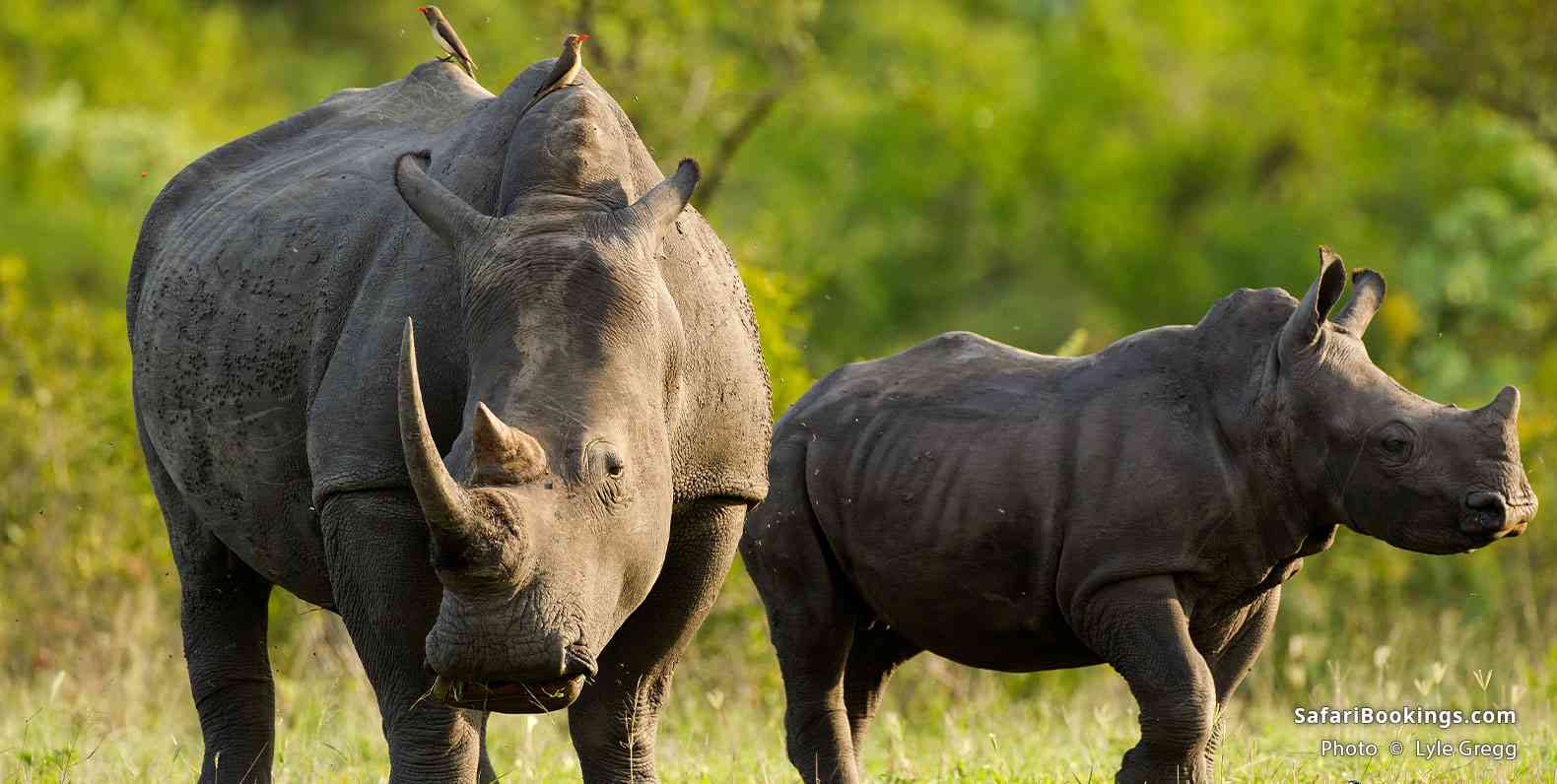 White rhino with young
White rhino with young
Surely now that you know a little more about the difference between a black and a white rhino, you can’t help but fall in love with these awesome creatures! So, help us to help them. Throughout the SafariBookings Rhino Donation Campaign, we will be raising awareness about the rhino crisis in Africa and what we (all of us) can do to join the fight against poaching. We’ve chosen three outstanding conservation organizations – Endangered Wildlife Trust (EWT), International Rhino Foundation (IRF), and Save the Rhino International – to compete in our campaign. The winner will receive a $10,000 donation from SafariBookings and the runners-up will each receive $500. Check out their pitches and learn all about the rhino projects they’re working on, and why they deserve your vote. You – the reader – will determine the winner of this campaign!
All the pitches (including videos, pictures, and project information) will be shared throughout the SafariBookings social channels – our Facebook page, Instagram account and blog. Voting will commence on December 4th 2017, at noon (underneath a dedicated Facebook and Instagram post) where you can vote for organization A, B, or C. This post will be pinned to the top of SafariBookings Facebook account and is easy to find on the Instagram account. Voting will last until noon, Monday, December 18th. Official rules apply.
These organizations need all the help they can get. The war against poaching is an uphill battle – but one worth fighting. It’s a victory in the making. So let’s support these groups as they continue to save the black and white rhino – one rhino at a time.
Want To Go on an African Safari?
Click on the button below to compare African safaris offered by top-rated tour operators.
 By Heather Joan Marinos
By Heather Joan Marinos  US
US
Heather Joan Marinos is a non-fiction writer and author. Her extensive (30+ years) writing, editing and international marketing experience span a spectrum of industries.
More About This AuthorAfrican Safari Tours
-
![10-Day Luxury Game Drive and Diani Beach]()
10-Day Luxury Game Drive and Diani Beach
$4,612 pp (USD)
Kenya: Private tourLuxuryLodge & Tented Camp
You Visit: Nairobi (Start), Masai Mara NR, Lake Nakuru NP, Lake Naivasha (Naivasha), Amboseli NP, Diani Beach, Nairobi (End)

Awuor Escapades
5.0/5 – 27 Reviews
-
![8-Day Great Migration Safari and Mara River Crossing]()
8-Day Great Migration Safari and Mara River Crossing
$2,613 pp (USD)
Tanzania: Private tour
Mid-range Lodge & Tented CampYou Visit: Arusha (Start), Tarangire NP, Central Serengeti NP, Northern Serengeti NP, Ngorongoro Crater, Lake Manyara NP, Kilimanjaro Airport (End)

Full Package Adventures
5.0/5 – 225 Reviews
-
![4-Day Rwanda Gorilla Trekking Tour]()
4-Day Rwanda Gorilla Trekking Tour
$2,718 pp (USD)
Rwanda: Private tour
Mid-range Lodge & HotelYou Visit: Kigali (Start), Kigali Airport (Kigali), Volcanoes NP (Gorillas), Kigali (End)

Hermosa Life Tours and Travel
5.0/5 – 169 Reviews


 Subscribe to our newsletter
Subscribe to our newsletter
 Follow us on Instagram
Follow us on Instagram

